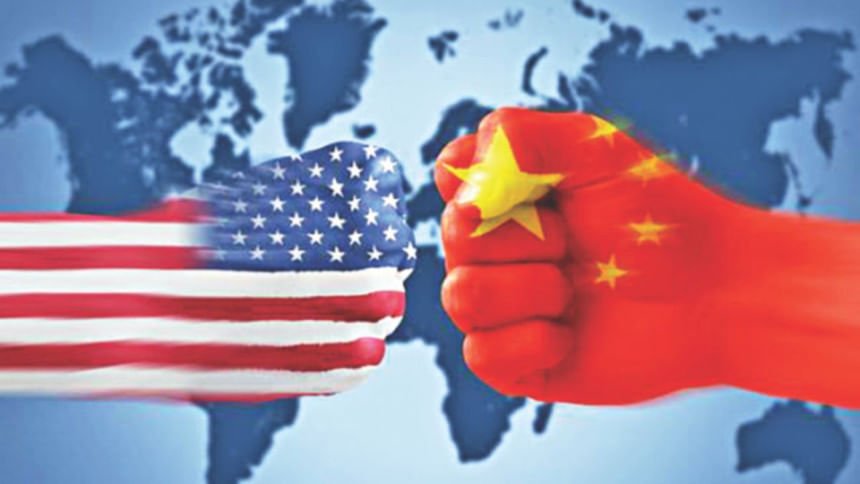China declared on Tuesday its readiness to engage in a prolonged trade conflict with the United States following President Donald Trump’s announcement of imposing additional 100 percent tariffs on Chinese goods. This decision came as a response to Beijing’s recent introduction of extensive export controls on rare earths, an area currently dominated by China. Trump also mentioned in a social media post on Friday that the U.S. would enforce export controls on critical software starting from November 1.
The heightened tensions between the two countries have unsettled global markets and cast doubt on a potential meeting between Trump and Chinese President Xi Jinping in South Korea. An unnamed spokesperson from China’s commerce ministry reaffirmed the country’s stance on trade wars, stating that they are prepared to engage in a fight until the end but are also open to negotiations.
Contrary to his previous strong statements, Trump softened his tone in a social media post on Sunday, expressing optimism by saying that everything will turn out well and emphasizing the U.S.’s willingness to assist China. Despite the escalating trade tensions, China’s exports remained robust in September, with a year-on-year increase of 8.3 percent, surpassing expectations. Shipments to the U.S., China’s largest export market, reached $34.3 billion.
Currently, Chinese goods face tariffs of at least 30 percent imposed by Trump, who accused Beijing of unfair trade practices and involvement in the fentanyl trade. In retaliation, China has imposed tariffs at a rate of 10 percent. The global repercussions of the ongoing trade dispute are under the spotlight this week at the semi-annual meetings of the International Monetary Fund and the World Bank in Washington.
The White House maintains its stance that the long-term effects of tariffs will benefit the United States, emphasizing the limited economic impact seen thus far.

